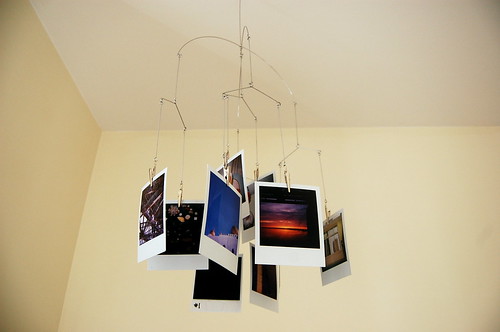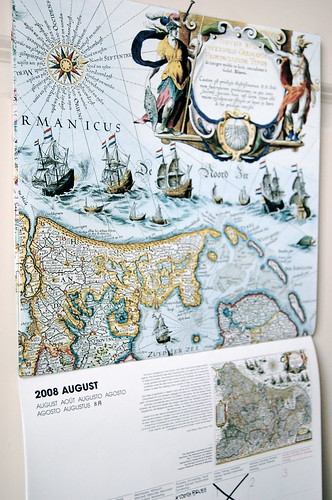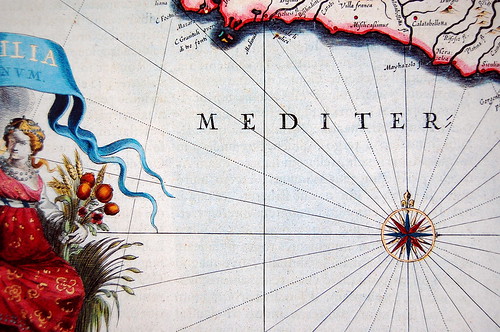
Let's say a guy (we'll call him Alex) goes on a business trip to a far away place and he misses his wife (let's call her Jenny). Alex emails Jenny a photo of himself waving to her from his hotel. Jenny responds with, "Great picture honey, but there's no substitute for the real thing, is there?"
"No substitute for the real thing." Is there?
What is it that lets someone form an emotional connection with someone /something else? Relatedly, in this case, what affects loneliness?
Physical proximitySo, Realdolls. You know what they are. And they are practically identical to the people they're modeled after. But with those, I bet money that their owners still feel lonely sometimes.
So is it the physical proximity of a
real person (one who we know or feel a degree of closeness to) that influences loneliness (or lack thereof)?
Emotional proximityLet's say Alex had not been physically near anybody he knew in a few weeks, yet he has not felt lonely when emailing with people from home who he knows (including Jenny). It's not physical proximity that lowers his loneliness in this case, but rather emotional proximity.
People vs. animals ; reciprocityThe hole with "physical or emotional proximity of a person" : it doesn't necessarily have to be a human-influenced thing. People form emotional attachments and bonds with their pets and sometimes don't feel lonely when they're around.
But some pets don't reciprocate attention or affection. Emotional bonds aren't as strong with fish as they can be with dogs, for example (I know there can be exceptions to this, but I'm writing in general terms here). So it is an issue of reciprocity, isn't it?
Cognitive processesSurely reciprocity doesn't necessarily have to be present, as anybody who had a high school crush on the popular kid will know. What is it that people or animals possess that can cure loneliness or help an emotional bond form? Is it simply the presence of a certain level of
cognitive processes; knowing that the
possibility of reciprocity is always there?
Artificial intelligenceA.I. will get to the point where robots will engage in "advanced reciprocation" and be able to have complex conversations with people (maybe they
already do in Japan). Yet, I just don't see substantial emotional bonds being formed with robots.
(Although it happened in that Spielberg movie.)
Maybe "cognitive processes" is too broad even still, since they will one day be mimicked very well. Is it about the neurological constructs that lead to that non-replicable
thing that makes us human or animal? What is that thing?
I'm sure this has already been solved. I would love to hear everyone's opinion on this, get any leads to articles that talk about it, etc.
Photo credit: here.


















